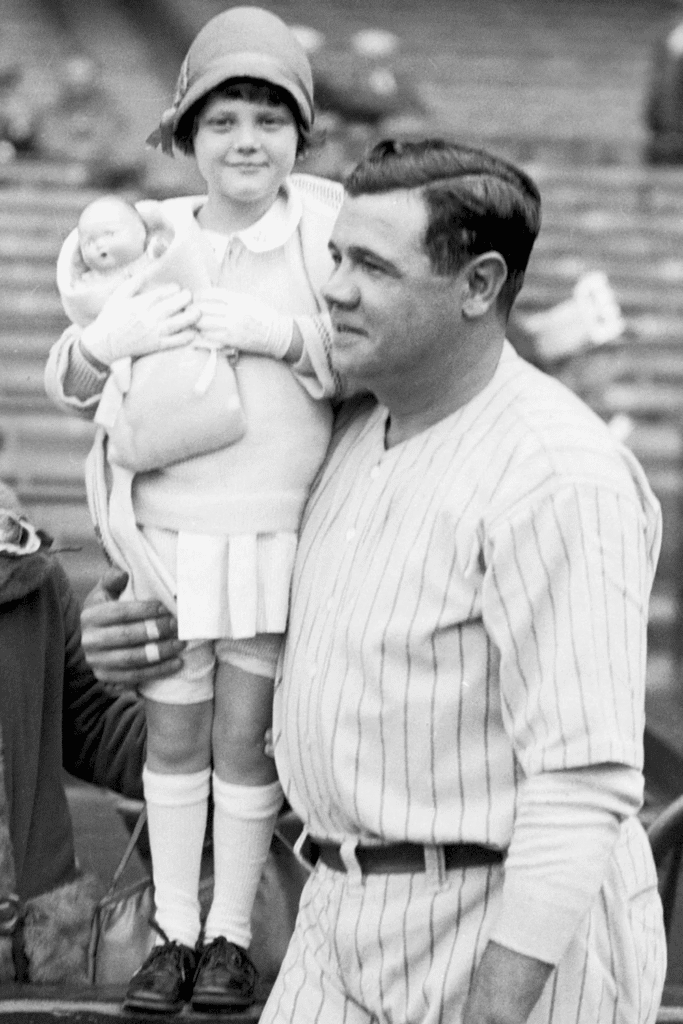The Best Fluffy Pancakes recipe you will fall in love with. Full of tips and tricks to help you make the best pancakes.
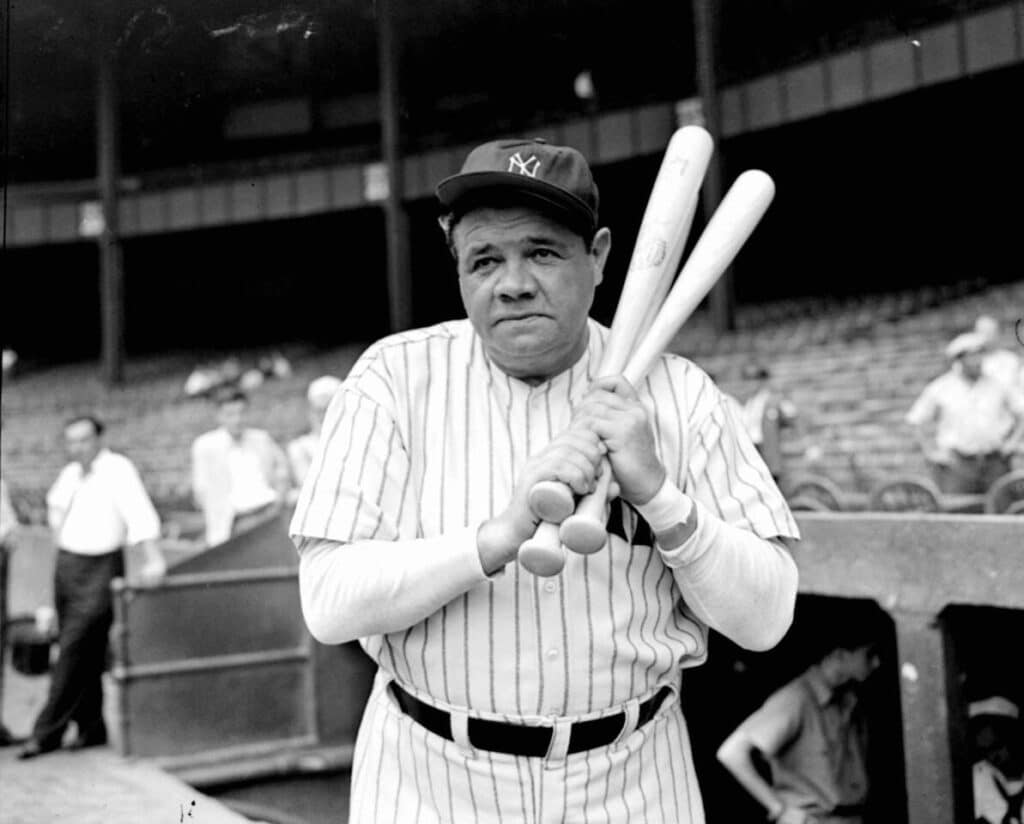
Larger than life on and off the field, he transformed how a nation saw its favorite game and heroes. With boundless charisma, unmatched talent, and a flair for drama, he became a symbol of possibility in an era craving spectacle. His story is of reinvention, rebellion, and raw brilliance, from troubled beginnings to everlasting legacy. In his wake, he left records and ripples that shaped the soul of American sport and culture.
#1: The Boy From Pigtown
Babe Ruth wasn’t born with a bat in his hands, but he might as well have been. On February 6, 1895, in Baltimore’s gritty Pigtown neighborhood, George Herman Ruth was born into a world of saloons, soot, and second chances. His parents, German-American tavern owners, juggled long hours and chaotic kids.

Among eight children, only George Jr. and one sister survived infancy. Young George grew up unsupervised, often roaming the docks, throwing punches, and getting into scrapes. There was little foreshadowing in those narrow, grimy streets—but in time, the scrawny rebel would grow into the most mythic figure in American sports.
#2: Growing Up at St. Mary’s Cathedral
When you’re seven years old and deemed “incorrigible,” life takes a detour. For young George, that detour had brick walls and barred windows—St. Mary’s Industrial School for Boys in 1902. His parents couldn’t handle him, so the state took over. The institution was equal parts school, reformatory, and orphanage.

A rough kid found structure amid the echo of chapel bells and the hum of routine. Ruth learned to sew shirts, mend shoes, and most importantly, follow rules. It wasn’t exactly nurturing, but it became his foundation. Ironically, confinement gave him freedom. It taught him the mechanics of life and, eventually, baseball.
#3: The Saint Who Threw Fastballs
Brother Matthias was no ordinary clergyman. Towering and tireless, he wasn’t afraid to swing a bat or hurl a ball with the force of a cyclone. Ruth watched in awe. At St. Mary’s, the Catholic brother became part priest, coach, and father—something George never truly had at home.

He didn’t just teach baseball; he breathed it into Ruth’s bones. Batting practice was sacred. Field drills were gospel. This wasn’t just exercise; it was transformation. Brother Matthias recognized a diamond in the dust, and under his patient guidance, the rebel began to shine—powerful, precise, and primed for greatness.
#4: The Best Pitcher at St. Mary’s
Editorial contentKeep Watching
By the time Ruth turned eighteen in 1913, he wasn’t just playing ball—he was the ballplayer. At St. Mary’s, he pitched with the precision of a pro and hit like thunder cracking pavement. Crowds gathered just to watch the kid do both. He was a switch-hitting, strikeout-slinging, leather-gloved spectacle.

Every inning he played seemed dipped in magic. Scouts started whispering. Teammates watched in envy. He was too good for the grounds that raised him. Something wild stirred behind that gap-toothed grin and robust frame—ambition. And when Baltimore Orioles manager Jack Dunn called, Ruth’s journey from sandlots to stardom officially began.
ADVERTISEMENT
#5: He Started Out as the Shy Kid
The 19-year-old with a wild left arm and a stomach full of nerves was walking into a clubhouse full of seasoned pros. That was Ruth in 1914. Jack Dunn of the minor league Baltimore Orioles had just signed him and immediately became his legal guardian—he was that green.
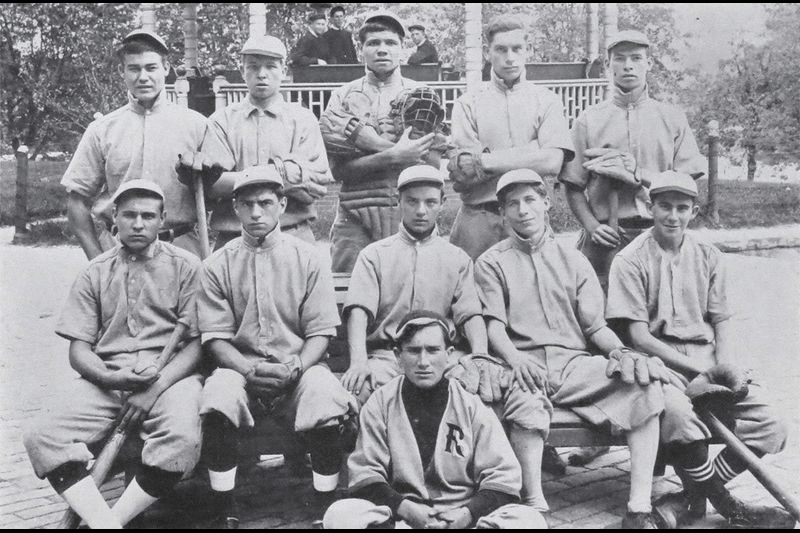
Teammates jokingly dubbed him “Dunn’s baby,” and the name stuck. “Babe” Ruth was born. He debuted with a bang, showing promise as a pitcher and surprising everyone with his bat. This wasn’t just a recruit—it was the dawn of a legend, disguised as a kid in baggy pants.
#6: A Red Sox Rising
In the storied city of Boston, with Fenway’s ivy still fresh and new, Babe Ruth arrived as a southpaw phenom who could pitch with artistry. He was traded from the Orioles to the Red Sox in mid-1914, barely seasoned and legal. They didn’t know it yet, but they’d snagged the most electric arm in the game.

By 1915, Ruth was winning games with ease, striking out batters like it was child’s play. He was loud, loose, and left-handed—Boston’s secret weapon. And though his bat was already itching to burst free, the mound was still where he earned his stripes.
#7: 1916 World Series
Game 2 of the 1916 World Series was no ordinary contest—it was Ruth’s canvas. For 14 blistering innings, he dueled the Brooklyn Dodgers, allowing just one run. One run. Fourteen innings. It wasn’t a slugfest but a marathon, a masterclass in guts and grit. And when Boston finally won 2–1, it was clear: Babe wasn’t just a gimmick or a noisy rookie.
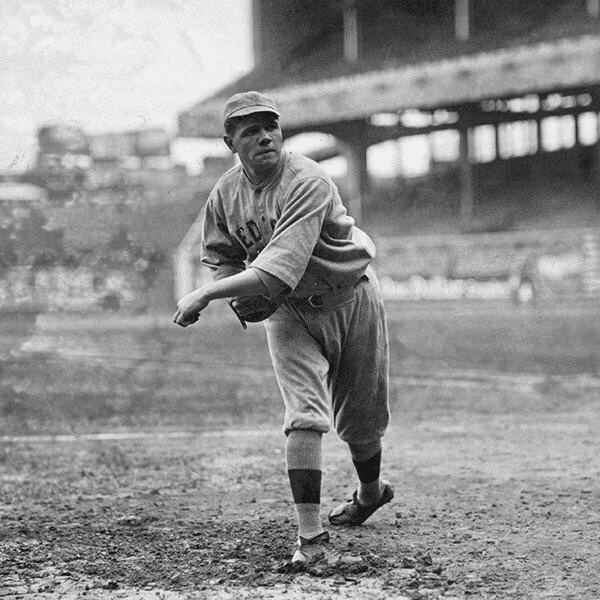
He was a postseason ace, a big-game hunter in cleats. In a sport obsessed with stats, that game became a legend. His 29.2 consecutive scoreless innings streak in World Series play had officially begun.
#8: His First Wife, Helen Woodford
Helen Woodford was a quiet waitress with dark curls and soft eyes. Babe was loud, impulsive, and barely tamed. They met at a diner in Boston, married that same year, and tried to build a life amid Ruth’s rising fame. But Babe belonged to the crowd, to the chaos of road trips and rowdy nights, not to hearth and home.
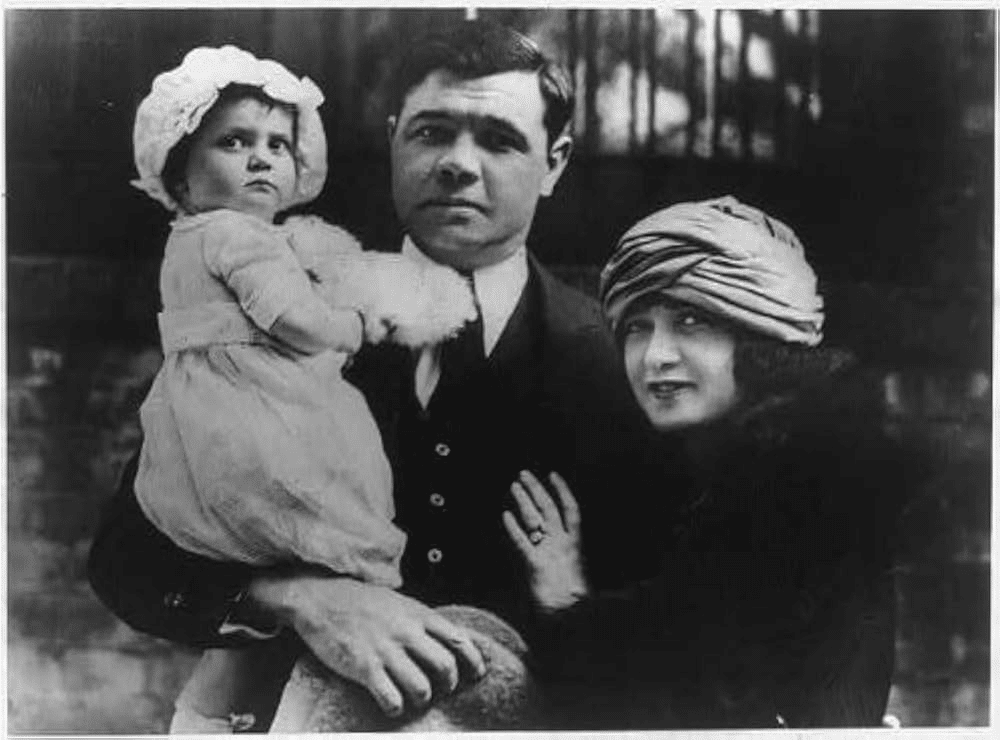
They adopted a daughter, Dorothy, but Ruth rarely played house. Helen stayed behind the scenes—an unwilling solo act in a duet. Their love wasn’t built to last. It frayed with each infidelity, until only obligation—and distance—held them together.
#9: The Great Bambino is Born
That year, everything changed. Ruth smashed 29 home runs for the Red Sox in 1919, obliterating the previous record and thrilling fans used to bunts and stolen bases. He turned baseball into a fireworks show—blasts over fences, balls lost to the sky. His slugging percentage was astronomical. Pitchers feared him. Fans adored him.
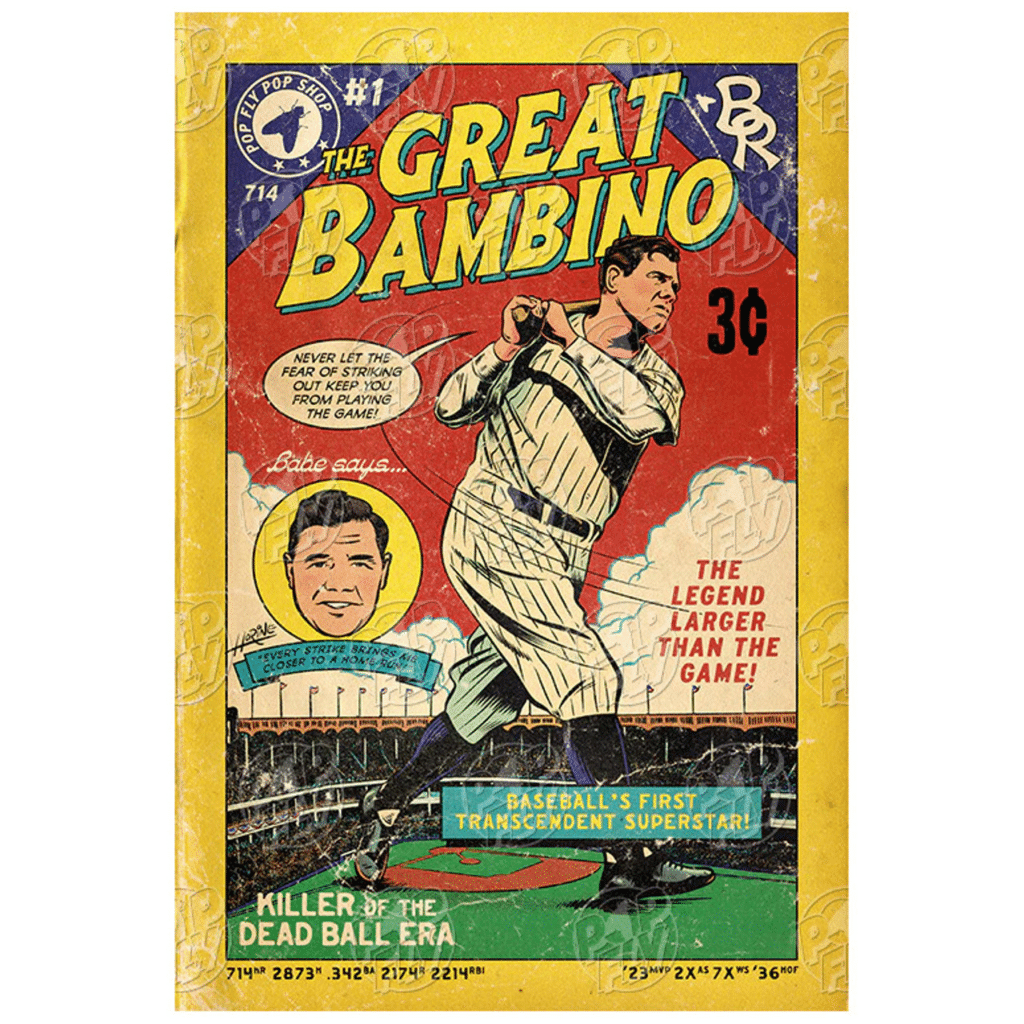
And while his team was falling apart, Ruth was rising. The Babe wasn’t just another player—he was the future. The crowd’s roar followed him like a shadow. It was apparent: Ruth didn’t belong on the mound anymore. He belonged at the plate, terrorizing pitchers for good.
#10: The Sale of the Century
When the Boston Red Sox sold Babe Ruth to the Yankees for $100,000, it wasn’t just a trade—it was a tremor. The reason? Owner Harry Frazee needed money to fund a Broadway play. That’s right: a theater production cost Boston their most outstanding player. New York, smelling opportunity, swooped in.
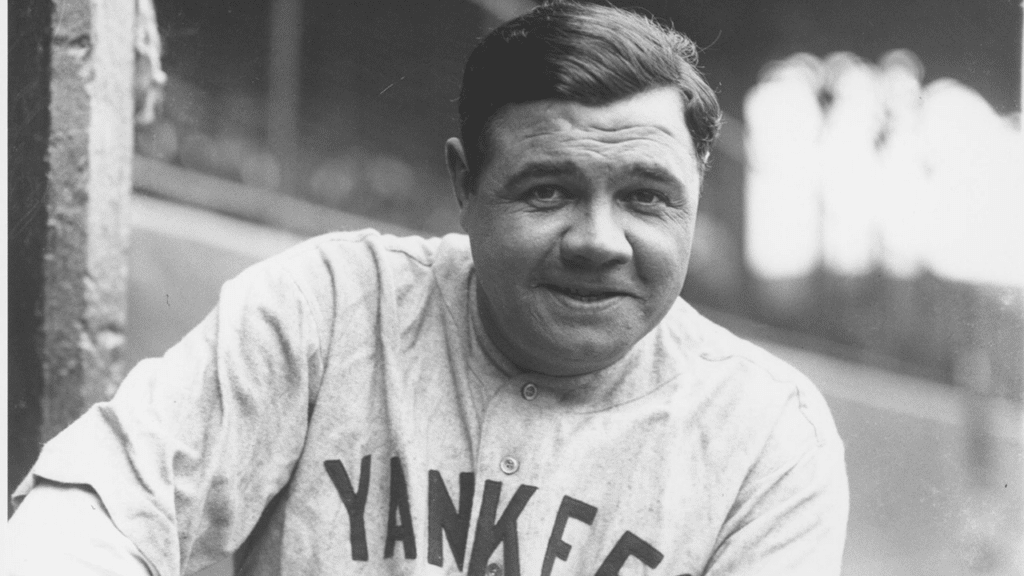
A century-long feud followed, and what would become known as “The Curse of the Bambino.” The Yankees gained a slugging messiah, and the Red Sox surrendered decades of glory. No one knew it then, but baseball had split into two eras: Before Ruth and After Ruth.
#11: A Daughter in the Shadows
Dorothy Ruth had Babe’s eyes and Helen’s quiet grace, but her origins were hazy. Though adopted by Ruth and Helen, whispers followed her: that she was Babe’s biological daughter from an affair. No confirmation ever came, just quiet rumors and dodged questions. Dorothy grew up with the Ruth name but little of her father’s time.
